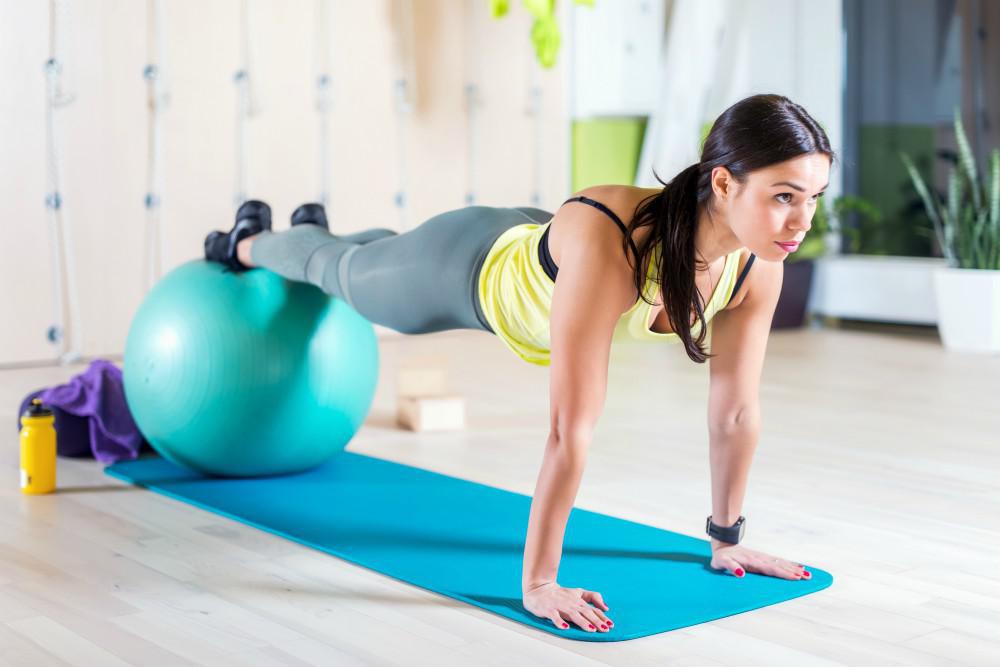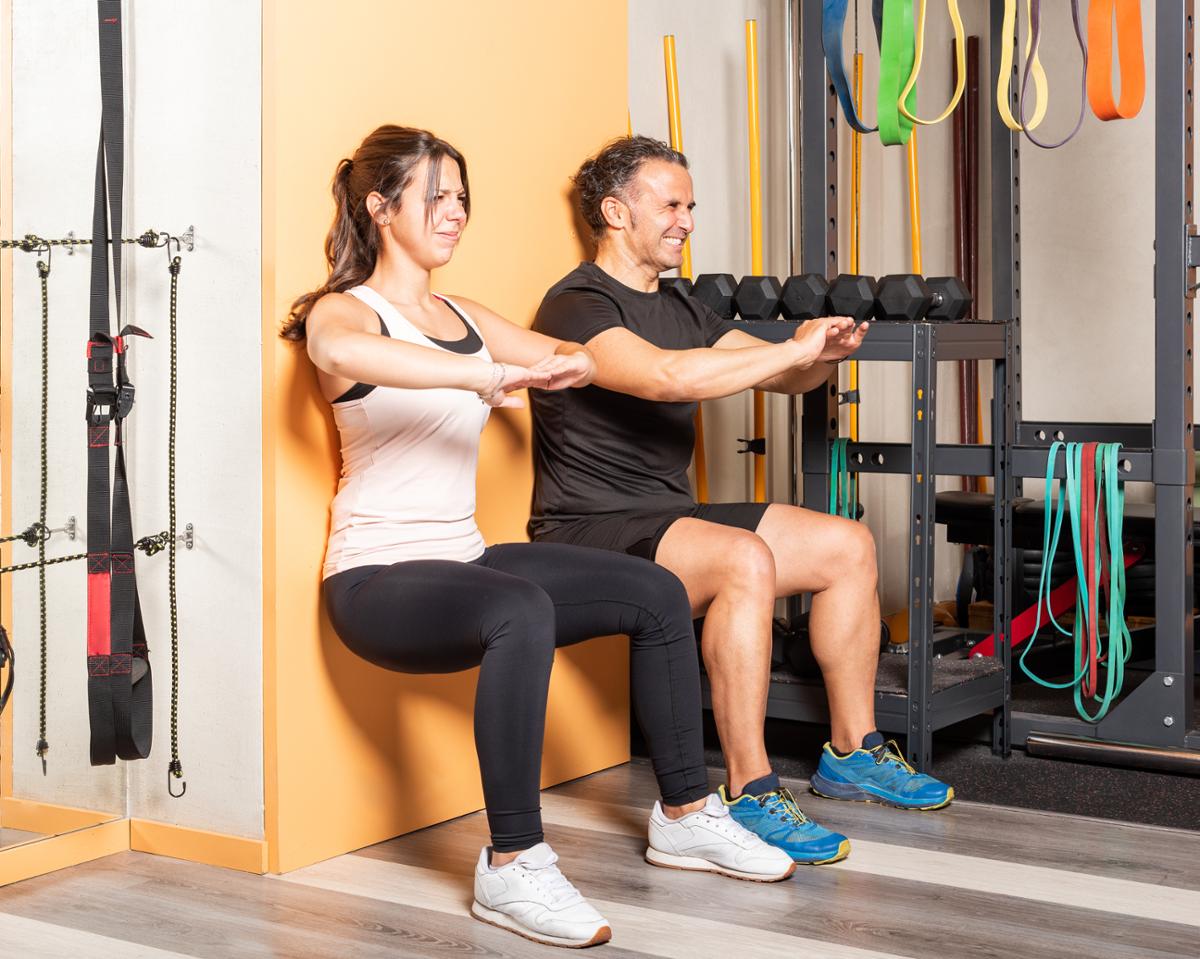Managing high blood pressure is crucial for heart health and overall well-being. Regular exercise plays a pivotal role in this management by strengthening the heart, improving circulation, and reducing stress levels. From gentle yoga to brisk walking, each activity offers unique benefits tailored to lowering blood pressure. This guide shares 16 of the best exercises for individuals with hypertension, emphasizing a mix of aerobic, strength, flexibility, and relaxation techniques designed to promote cardiovascular health and combat high blood pressure effectively.

Contents
16 Best Exercises for High Blood Pressure
Managing high blood pressure requires a multifaceted approach, and incorporating regular physical activity is a key component. Here’s a detailed look at each recommended exercise, highlighting how they contribute to lowering blood pressure:
Aerobic Exercises:
-
Walking: Walking briskly for 30 minutes most days of the week can significantly lower blood pressure. It increases heart and breathing rates, improving heart health and stamina without putting too much strain on the body.
-
Jogging: Jogging elevates heart rate more than walking, promoting cardiovascular health. It helps in strengthening the heart muscles, making the heart more efficient at pumping blood, thereby reducing the pressure on arteries.
-
Cycling: Both stationary and outdoor biking are excellent for heart health. Cycling regularly improves leg strength and cardiovascular endurance, aiding in the reduction of blood pressure by improving blood flow and heart function.
-
Swimming: Swimming works out the entire body and is particularly beneficial for those with joint issues. It reduces blood pressure by improving circulation and building heart strength, all with minimal impact on the joints.
-
Dancing: Dance forms like Zumba or ballroom dancing provide a fun way to increase heart rate and improve blood pressure. Dancing improves cardiovascular health, boosts mood, and reduces stress, which can all contribute to lower blood pressure.
-
Hiking: Hiking in varied terrains offers a cardiovascular workout that also lowers stress levels, thanks to the natural surroundings. It strengthens the heart, lungs, and muscles, helping to improve blood pressure over time.
-
Rowing: Rowing is an intense workout that involves both aerobic and strength elements, improving heart efficiency and lowering blood pressure. It’s particularly good for building upper body strength and cardiovascular fitness.
-
Stair Climbing: Taking the stairs is a powerful cardio exercise that strengthens the heart, lowers blood pressure, and improves leg strength. It’s an easy way to incorporate high-intensity exercise into your daily routine.
Strength Training:
-
Light Weightlifting: Engaging in light weightlifting with high repetitions improves muscle strength and endurance without significantly increasing blood pressure during the workout. This type of strength training can help lower resting blood pressure over time.

-
Bodyweight Exercises: Exercises like push-ups, sit-ups, and lunges strengthen the body’s core and limb muscles. Strengthening these muscles helps improve overall fitness, which can contribute to lower blood pressure.
Flexibility and Relaxation Exercises:
-
Yoga: Yoga’s combination of poses, breathing exercises, and meditation can significantly reduce stress and lower blood pressure. It improves flexibility, balance, and mental well-being, all of which contribute to cardiovascular health.
-
Tai Chi: This gentle form of exercise reduces stress and anxiety, leading to lower blood pressure. Its slow, deliberate movements coupled with deep breathing improve circulation and balance.
-
Pilates: Focusing on core strength, flexibility, and controlled breathing, Pilates helps in reducing stress and improving posture. Better posture and core strength can enhance breathing and circulation, aiding in blood pressure management.
-
Stretching: Regular stretching increases flexibility, reduces muscle tension, and can help lower stress levels. Lower stress levels can lead to a reduction in blood pressure.
-
Guided Imagery and Meditation: These practices focus on relaxation and mindfulness, which have been shown to lower stress levels. Lower stress can result in lower blood pressure by reducing the strain on the cardiovascular system.

-
Deep Breathing Exercises: Deep, controlled breathing activates the parasympathetic nervous system, reducing stress hormone levels and helping to lower blood pressure. It’s an effective, immediate tool for managing stress and its effects on blood pressure.
Benefits of Exercise for High Blood Pressure
Here are some key benefits of exercise for high blood pressure:
1. Strengthening the Heart:
Engaging in exercise helps strengthen your heart, enabling it to pump blood more efficiently. This reduces the pressure exerted on your blood vessels, resulting in lower blood pressure levels. Regular physical activity can also improve heart function and reduce the risk of cardiovascular diseases.
2. Improving Circulation:
Exercise stimulates blood flow throughout your body, promoting better circulation. This helps to lower blood pressure by reducing resistance in your blood vessels. Improved circulation also enhances the delivery of oxygen and nutrients to your organs, keeping them healthy and functioning optimally.
3. Reducing Stress and Anxiety:
Physical activity has a powerful impact on mental health, reducing stress and anxiety levels. When you engage in exercise, your body releases endorphins, which are natural mood-boosting chemicals. By managing your stress and anxiety, you can reduce the risk of high blood pressure and its complications.
4. Aiding Weight Management:
Maintaining a healthy weight is crucial for managing high blood pressure. Regular exercise helps you burn calories and maintain a healthy body weight, reducing the strain on your cardiovascular system. It’s important to combine exercise with a balanced diet to achieve and maintain a healthy weight.
5. Lowering Risk of Complications:
High blood pressure increases the risk of serious health complications such as heart disease, stroke, and kidney problems. By engaging in regular exercise, you can significantly reduce these risks. Exercise not only lowers blood pressure, but it also helps control cholesterol levels, improves blood sugar regulation, and strengthens your immune system.
Frequently Asked Questions
What exercises should be avoided with high blood pressure?
Some exercises to avoid with high blood pressure include intensive activities like sprinting and weightlifting. These exercises can quickly raise blood pressure and strain the heart and blood vessels.
Do squats lower blood pressure?
Yes, squats and other dynamic resistance exercises can help lower blood pressure. They are considered effective in reducing hypertension, along with aerobic exercise and high-intensity interval training (HIIT).
Should I be worried if my blood pressure is 150/100?
A blood pressure reading of 150/100 is considered high and requires medical attention. It falls into the stage 2 high blood pressure category. If you consistently have readings of 180/110 or higher, seek immediate medical treatment.
What is a simple 14-minute workout that could lower your blood pressure?
A 14-minute wall sit routine, done three times a week, could be an effective exercise to lower blood pressure. Research suggests that wall sits can help manage high blood pressure.
How long does it take to lower blood pressure with exercise?
Regular exercise typically takes 1 to 3 months to have an impact on blood pressure. It is important to maintain the exercise routine to sustain the benefits.

Hello, I’m Ravindra. Over the years, I’ve immersed myself deeply into the world of fitness and health, transforming both my body and mind. Writing has allowed me to share my journey, insights, and expertise with those just starting out and seasoned fitness enthusiasts alike. Beyond just routines and diets, I believe in inspiring others to adopt a holistic approach to well-being.
